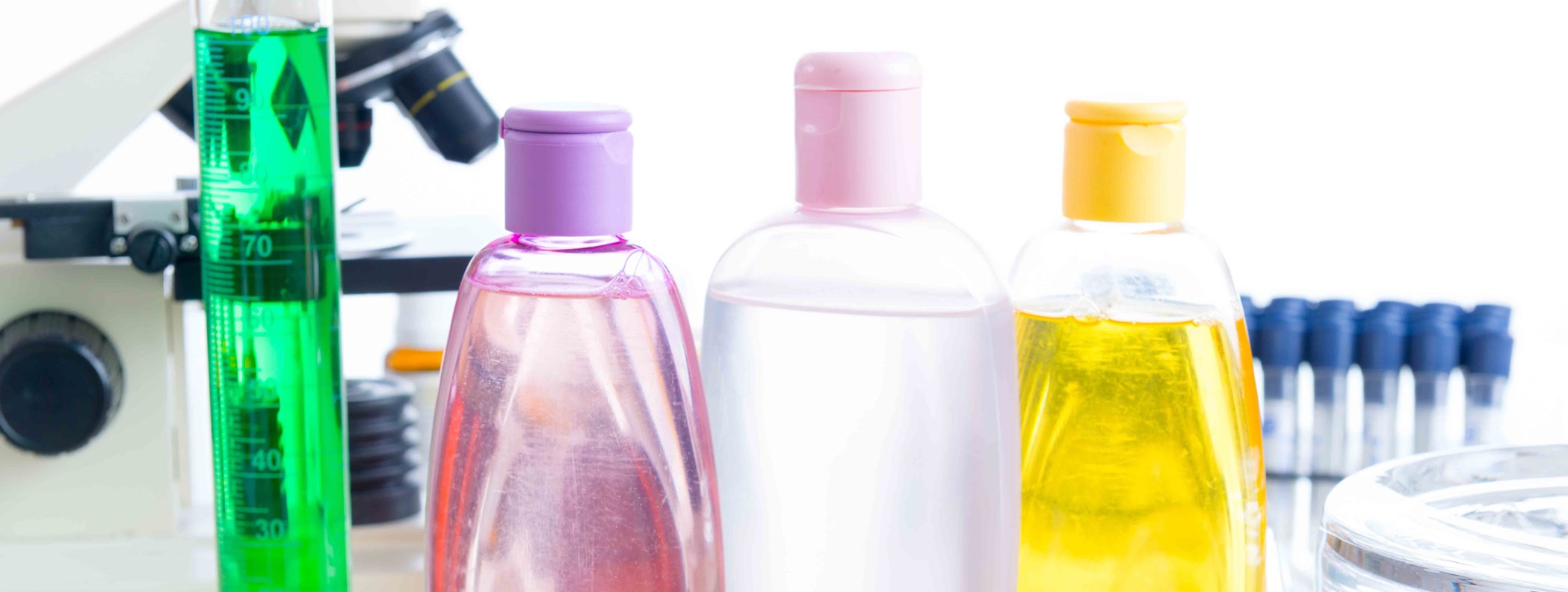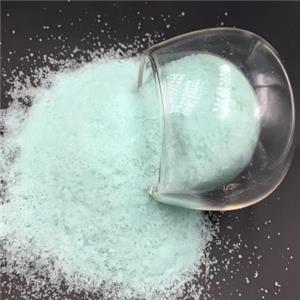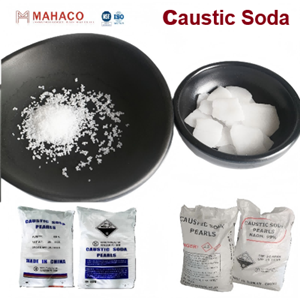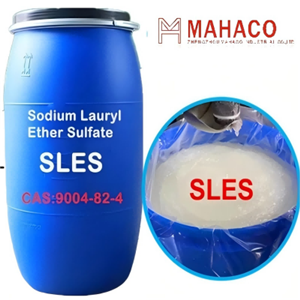What is SLES and how is it used in global industries?

Until recently, one of the most popular cosmetic raw materials, especially among washing cosmetics, was Sodium Lauryl Sufate ( sles ) – a sodium salt of lauryl sulfate. This material, however, was characterized by a significant degree of skin irritation, a relatively low aqueous solubility and limited possibilities to thicken the cosmetic formulation. Today, SLS has been mostly replaced by its ethoxylated derivative - Sodium Lauryl Ether Sulfate (SLES). Despite concerns over the safety of SLES coming from scientists and research groups; these chemicals continue to be the darlings of manufacturers of household products because they’re cheap and they perform a simple task really well. They make long-lasting bubbles and it’s hard for us to get away from the idea that more bubbles equals better cleaning power. As a result SLES is used in hundreds of products, from dishwashing liquid to shampoo. Even some ‘eco’ brands use these chemicals. It has a lower degree of skin irritation, ease of compaction and insensitivity to hard water. It also has very good properties, is inexpensive and readily available and therefore readily used by the manufacturers.
Technical Description
SLES is an anionic surfactant which is widely used in rinse off products as a primary surfactant. In addition to excellent detergency (also referred as cleansing), it also has excellent emulsification and foamability. It is major component of rinse-off products. It is compatible with all surfactants except cationic.
It is available in 28% and 70% active concentration.
For exports, 70% active concentration is most preferred.
Chemistry
SLES is prepared by ethoxylation of dodecyl alcohol. The resulting ethoxylate is converted to a half ester of sulfuric acid, which is then neutralized by conversion to the sodium salt.
Key Benefits of SLES
The product has good solvency, favorable hard-water resistance and high-biodegradation. It also facilitates ease of formulation and production. In addition, it also creates a degree of thickening to the final product formulation.
Industry Applications and End Products
It is widely used in many personal care and home care products like Shampoo, Bubble Bath, Shower Gel, Face Wash, Dish Wash, Liquid Detergent and Hand Wash.
It is also used in the printing and dyeing industry, petroleum and leather industry as lubricant, dyeing agent, cleanser, foaming agent and degreasing agent.
Major Production Regions and Product Origins
India, Egypt, Malaysia and China are the major markets that produce this product, and drive global supply to industries worldwide.
Innovations and Trends
SLES is a simple ingredient, used with a singular primary purpose for the manufacturing of cosmetic and detergent products for the mass market. In doing so, there has been no innovation or revolutionary trend for this product since its inception.
Market Insights
The market size for SLES is expected to surpass USD 1.5 billion by 2024. This is attributed to increasing demand for personal care products throughout the globe, especially in developing countries, which boost the global SLES market. Increasing pollution and concerns about personal grooming, appearance, and health will positively influence the global personal care market, which generated more than USD 500 billion in 2015, and will have a decent growth rate in the coming years. Moreover, regular development and commercialization of new personal care products to meet specific customer demands will also bolster the global SLES market in the forecast spell.




